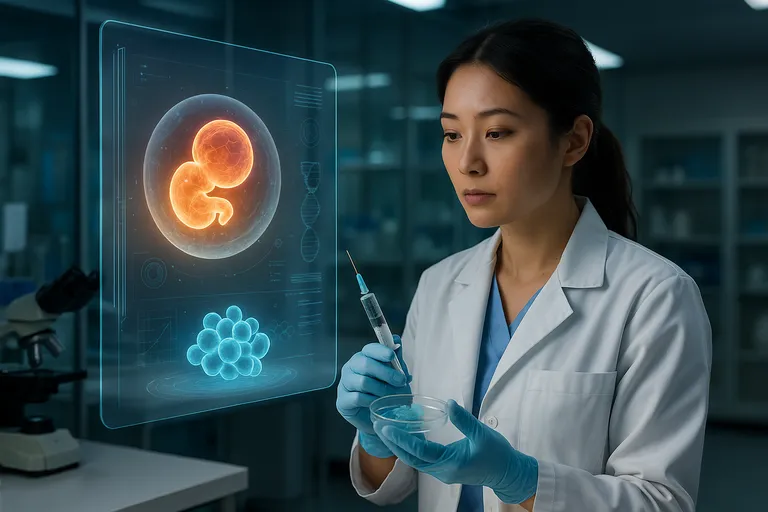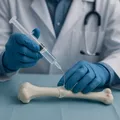A Scientific Breakthrough That Redefines Life Itself
In one of the most astonishing scientific advances of the decade, researchers have successfully created human embryo-like structures without using sperm, eggs, or traditional fertilization.
Instead of relying on reproductive cells, scientists used reprogrammed stem cells to mimic the earliest stages of human development — a process once thought impossible.
This achievement raises groundbreaking possibilities for medicine, genetics, and fertility treatments… but also deep ethical questions about how far science should go.
🔬 How Embryo-Like Structures Are Created
Instead of sperm and egg meeting, scientists “guide” stem cells to organize themselves into structures that mirror the behavior of a natural embryo.
These synthetic embryos — often called stem-cell–derived embryo models — can:
- Form early tissue layers
- Develop primordial cells
- Begin organizing into a body axis
- Mimic early organ formation (very basic stages)
But they cannot develop into a living human, and current laws prohibit implantation in a womb.
Still, they offer an unprecedented window into our earliest moments of life.
🧬 Why This Matters for Science and Medicine
1. Understanding the First Days of Human Life
Until now, researchers had almost no way to study the first 14 days after conception — a critical period where most pregnancies fail.
These models allow scientists to observe:
- Why miscarriages occur
- How early genetic disorders form
- How cells organize into organs
This could revolutionize reproductive medicine.
2. New Hope for Infertility Treatment
Millions of couples struggle with infertility, often caused by issues with eggs or sperm.
In the distant future, stem-cell embryo models could:
- Help scientists learn how to rebuild damaged reproductive tissues
- Improve IVF success rates
- Lead to new ways of generating healthy egg or sperm cells
This is not happening yet, but the research opens new pathways previously unimaginable.
3. Advancing Organ Regeneration
By understanding how the earliest human tissues form, scientists could eventually:
- Grow replacement tissues
- Repair damaged organs
- Improve transplant compatibility
This could become the foundation of next-generation regenerative medicine.
⚠️ The Ethical Questions
With great innovation comes great responsibility.
Scientists, ethicists, and lawmakers are urgently debating:
• Should synthetic embryos be governed like natural embryos?
• How far should research be allowed to go?
• Could this technology ever be misused?
• Where is the line between scientific progress and ethical concern?
Most countries already have strict laws that prohibit implantation or development beyond early stages — and many experts support keeping those limits.
🌍 What This Means for the Future
This breakthrough does not mean humans can be created without parents.
But it does mean we are entering a new era where biological development can be studied with extraordinary accuracy.
In the next decade, this technology could lead to:
- Better fertility treatments
- Safer pregnancies
- Earlier detection of disorders
- Revolutionary regenerative therapies
It is one of the most important scientific conversations of our time — full of hope, possibility, and the responsibility to use knowledge wisely.
The Bottom Line
Human embryos grown without sperm or eggs represent a revolutionary step in biology, offering insights into life’s earliest moments while challenging our ethical, moral, and scientific boundaries.
The future isn’t fully written — but this discovery ensures it will be transformative.
By ✍️ Yorlinda Ramìrez- MicuPost Team
Sources:



